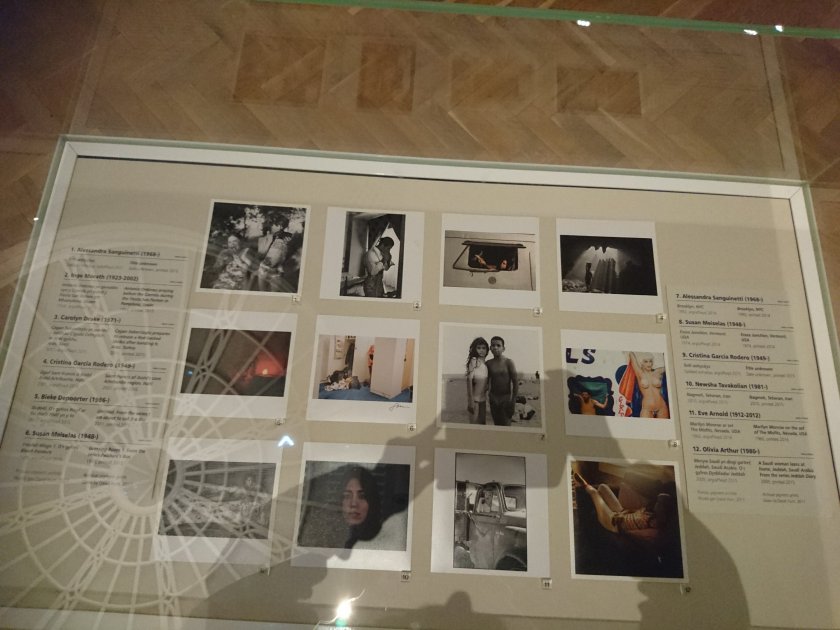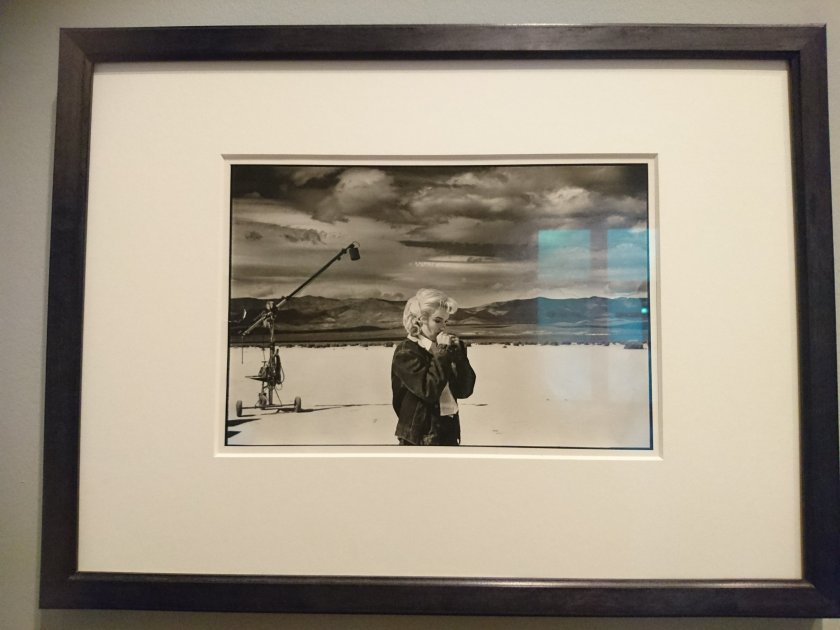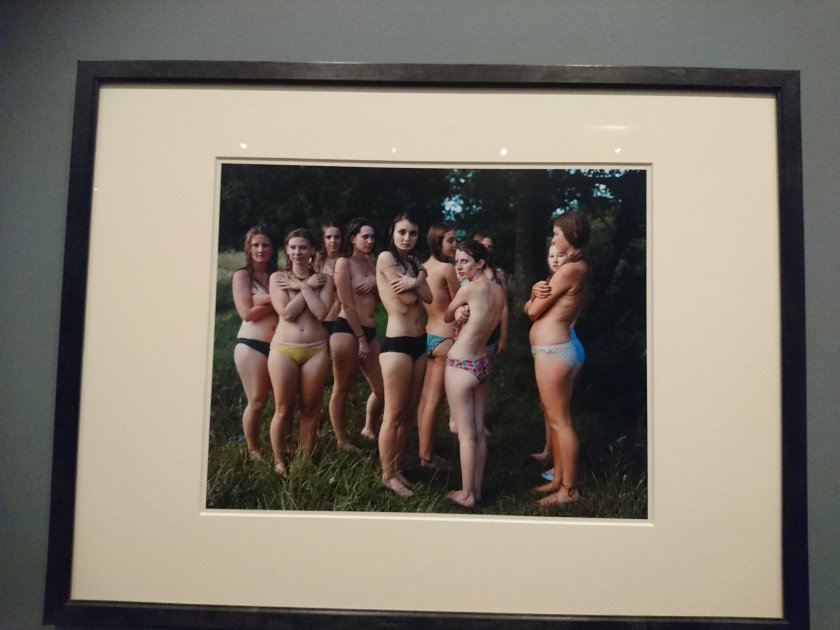Women in Focus is a year-long exhibition that explores the role of women in photography, both as producers and subjects of images. The exhibition draws on works from the permanent photographic collections at Amgueddfa Cymru-National Museum Wales and comprises two parts:
Part One: Women Behind the Lens celebrates the role and contribution of women throughout the history of photography, from the first pioneering women photographers in Wales, Mary Dillwyn and Thereza Mary Dillwyn Llewelyn, to emerging contemporary practitioners including Chloe Dewe Mathews, Bieke Depoorter and Clementine Schneidermann.
Part Two: Women in Front of the Lens explores the representation of women as subjects in photography, from intimate and playful 19th century staged family portraits by John Dillwyn Llewelyn and Robert Thompson Crawshay, to more contemporary depictions that capture the innate beauty of womanhood. Part Two also seeks to examine how photography has been used to mis-represent women through direct or indirect objectification, an issue that has particular currency in today’s climate.
Women in Focus has been programmed to coincide with the centenary of the Representation of the People’s Act 1918, which enabled some women over the age of 30 the right to vote for the first time. This Act marked a key moment in the fight for universal suffrage.
I visited the first opening, Women Behind the Lens, that only just opened a few days ago, which really moved me and had me thinking about my own work, since I use myself as an object in my work, and I thought about what impact it’s meant to have and how the meaning would change if I used someone else. I wanted to look into these artworks further, therefore I booked to go to a talk with one of the photographers in June, Clementine Schneidermann, who’s artwork is below;
In 2015, French photographer, Clementine Schneidermann, undertook a six-month artist residency in Blaenau Gwent. She began working with children from different youth groups across the area in collaboration with independent stylist, Charlotte James. Three years on, and with the same collaborators, Ffashiwn continues too evolve and offers a thought-provoking and tender portrayal of childhood, identity and community life in the South Wales Valleys.
These two pieces below, one by Bieke Depoorter (1986) called Untitled from the series I am about to call it a day, and the other by Susan Meiselas (1948) called Dressing Room 1 from the series Pandora’s Box, were my favourites from the show. The dim red light that just barely lights up the silhouette of the woman is something I’d like to recreate in my final piece. The photographs from the series are predominately made inside the homes of her subjects and are charged with a vulnerability and an intimacy. Depoorter claims that intrinsic to her practice is the fact that she spends the night at her subjects’ homes. I’m fascinated by this idea, as it links to my invasive theme, and I will look further into it for my piece by perhaps using the idea of invading someone’s privacy by using a window that someone will have to look through to look at me. The second, by Susan Meiselas, also feels intrusive as we peer into a young woman standing topless, but her face is hidden behind a wall, not revealing who she is. Meiselas works with human rights, especially women’s rights, and made work about her visit to Juárez (1998), where between 99 and 109 women had been raped and murdered in and around the city. To the outrage of feminist groups, local authorities suggested that the women provoked the attacks by frequenting bars and wearing short skirts. This type of experience and research is definitely influential to my work and sex worker’s rights, and motivates me even more to make work about objectification and based the safety of women wearing ‘short skirts’.
Here are the other images curated around these pieces;

I found this image of Marilyn Monroe on the set of The Misfits in 1960 compelling, photographed by Eve Arnold. Arnold was the first woman to join the prostegious Magnum photo agency in 1957. She had an extrordinary career as a photo-journalist. She moved skillfully between documenting the everyday live of ‘the poor, the old, and the underdog’, and the glamorous lives of the rich and famous. However, she is perhaps best known for this sensitive portrayal of Monroe, with whom she developed a close friendship. The photograph was taken on Monroe’s last completed film before she died in 1962. The film was plagued with challenges from the outset, amongst which was the breakdown of Monroe’s marriage to Arthur Miller, the writer of the film, making the photograph powerful in the sense that it captures Monroe, an iconic sex object, known for her confidence and sexuality, during a very vulnerable time that ultimately lead to her premature death.

I also found this piece of young women gathered around topless, but holding their breasts thought-provoking. Photographed by Siân Davey (from the series Martha, who is her step-daughter), I find it interesting how a group of young girls, whom I interpret as friends, have the confidence to strip down to their knickers, yet cover their breasts. Davey was a psychotherapist for fifteen years and uses this experience in her photography. Her personal stories and tender portrayals explore the complex and intimate relationships that exist between a parent and a child.

Here were some of the other artworks that caught my eye;















































